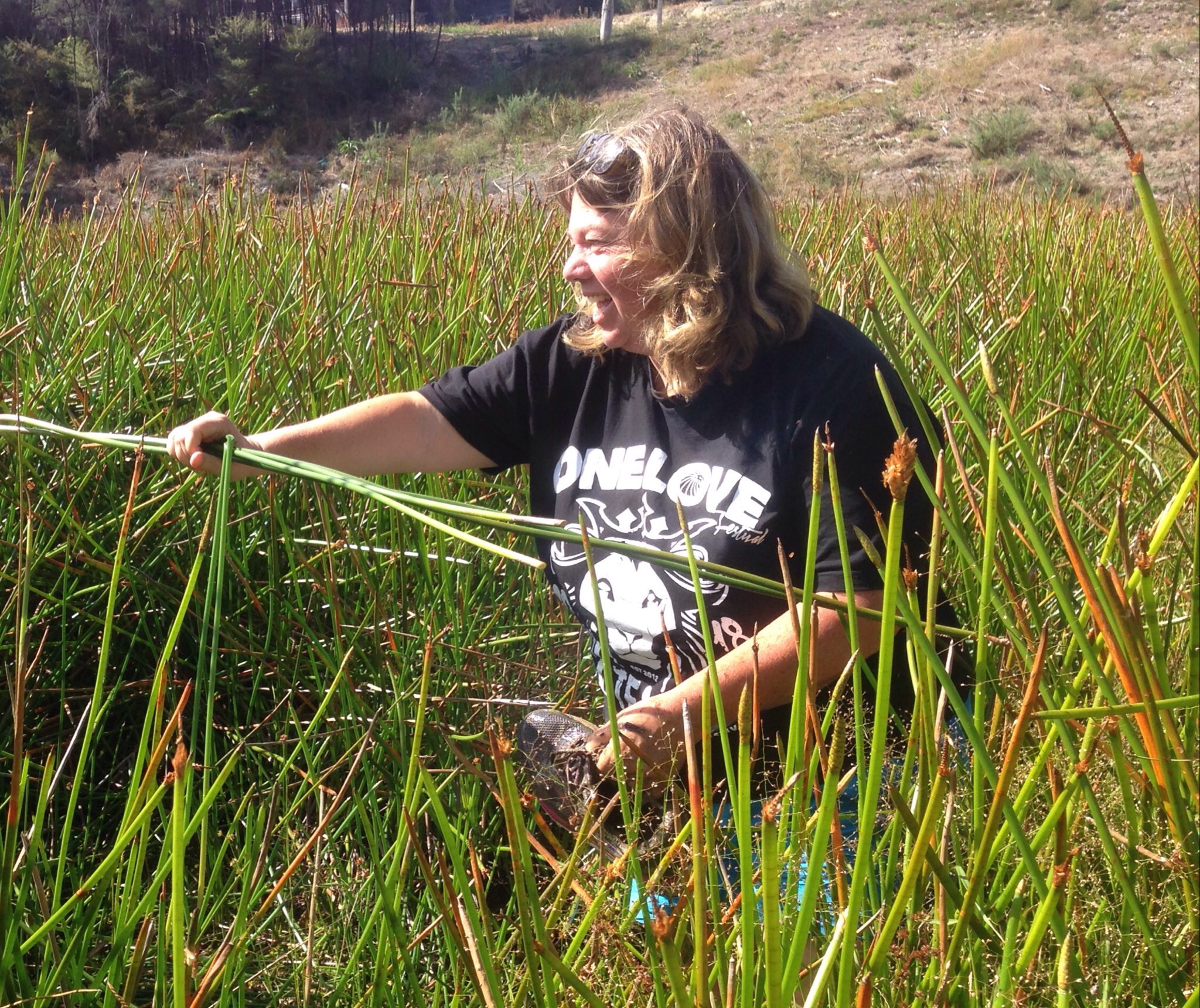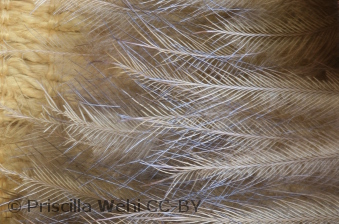 Mātauranga is a system of thought that incorporates Māori concepts, worldview, and their application in practice. Ecological knowledge has a particularly important role articulating whakapapa relationships within this knowledge system, and as such is deeply embedded in tribal histories.
Mātauranga is a system of thought that incorporates Māori concepts, worldview, and their application in practice. Ecological knowledge has a particularly important role articulating whakapapa relationships within this knowledge system, and as such is deeply embedded in tribal histories.
Māori environmental philosophies and knowledge systems (mātauranga) are intricately rooted in and shaped by Pacific pathways, and shaped by the oral traditions that connect Pacific journeys, encounters with new landscapes, and the ongoing socio-environmental and political experiences of today.
The pairing of Māori environmental knowledge with a range of other scientific tools, models and analyses to protect biocultural diversity will help provide beneficial indicators of population and ecosystem health that will in turn feed the growth and continuance of mātauranga. Scientists who work with Māori environmental knowledge or mātauranga more broadly are part of a shifting inter-disciplinary landscape of solution building at national and international scales.
Read more about our understanding of mātauranga here.
When the Polynesian ancestors of Māori voyaged to Aotearoa in around 1280 AD, Whakaotirangi brought her kete rokiroki, a basket of seeds and plants, from the homeland Hawaiki with the deliberate intention of planting, growing and nurturing these plants in the new land. Her garden, named Hawaikinui, thrived, and remains famous amongst the Tainui people of the North Island. Kūmara, taro, waikōwhitiwhiti or native watercress, introduced watercress and other valued food plants still grow wild at Hawaiki although it has long been alienated from tribal ownership. Whakaotirangi’s horticultural expertise is of such importance to the story of Tainui that it is detailed in written histories of the Tainui people and told and retold at tribal events and in particular at poukai.
The Politics of Plant Collecting
During the Endeavour’s first voyage to Aotearoa, Joseph Banks and Daniel Solander collected plant specimens—some of which are in Te Papa’s collections. Along with their modern equivalents, these are charged objects: What value do they still hold for researchers today? How do we square this with the agendas of Empire and Enlightenment that motivated their collection?
The panellists trace the changing motivations for collecting specimens for museums, botanic gardens and seed banks, from Banks and Solander to now. How do these practices contribute to current research and the pressing conservation issues we face?
This event was presented in partnership with the Taxonomy for Plant Conservation – Ruia mai i Rangiātea Conference, held at Te Papa, 24–28 Nov 2019. Listen to the panel speak here.
Indigenous knowledge in a digital age
Otirā he ao hou, he tikanga hou. Kua huri te ao, kua tino rerekē rawa te noho a te Māori i tēnei wā. Ko te nuinga kei te noho tāone, kua motu ngā here ki te whakapapa, ki te tūrangawaewae, ki te mātauranga Māori.Kua pērā hoki te āhua o ngā whare mātauranga Māori. Kua turakina ngā whare maire me ngā whare makatea tahito. Kua toia mai te mātauranga Māori ki tēnei ao e noho nei tātau. Ehara i te mea kai te hirikapo o ngā tohunga noa iho te mātauranga i tēnei ao. Kei ngā whare wānanga, kei ngā whare pukapuka, kei te ipurangi, kei ngā kaupapa pāpāho kei ngā wāhi katoa.Kua hora te mātauranga ki te ao whānui. Heoi,ko ngā pātai e takirikiri ana i te whatu manawa ko ēnei, kei hea te mana o te mātauranga Māori i tēnei ao? Mai wai e pupuri? Mō wai? He aha ngā tikanga o tātau i tēnei rā ki te tiaki i te mātauranga o rātau mā?
